The beautiful island of Crete, the largest of the Greek isles, is the stuff of legends. This is where King Minos trapped his half-bull son, the Minotaur in a labyrinth and Daedalus the architect of the labyrinth, escaped with his son Icarus by making wings of feathers and wax. Famous for its canyons, gorges and stunning natural beauty as well as its rich cultural history, the island has so much to offer visitors. If you are planning on a trip to the Greek Islands, look no further for the 10 best things to see and do in Crete.
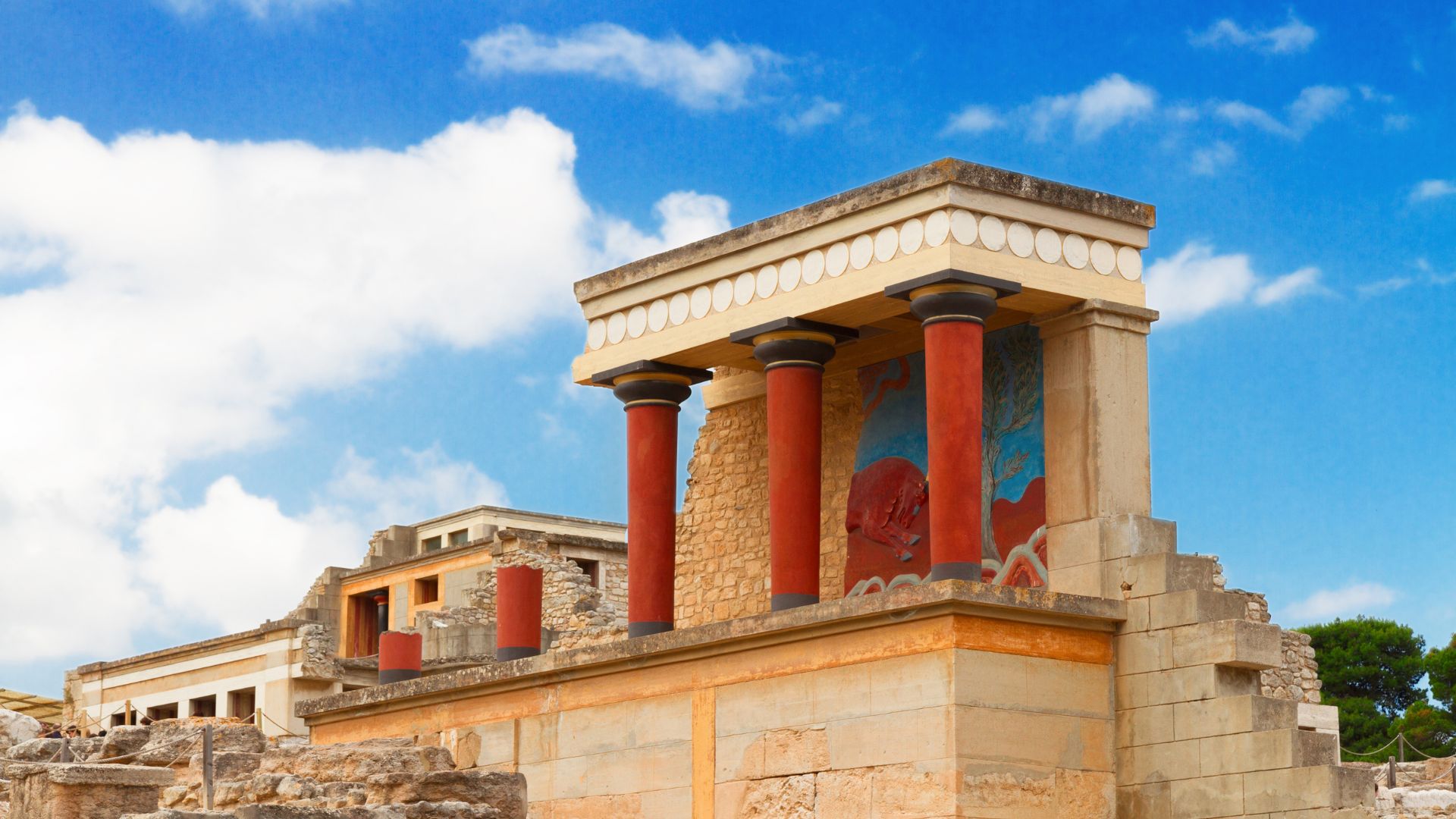
The top attraction on the island is the archaeological site of Knossos, the epicentre of the Minoan civilisation who lived on Crete around 1800 BC. Accomplished boat builders and sailors, this ancient people produced high quality pottery, wine, oil, and beautiful bronze objects and jewellery which they traded across the Mediterranean. The huge sprawling palace with over 1300 rooms may have spawned the legend of King Minos, the minotaur, and the labyrinth. Knossos is one of the most important bronze age sites in Europe and to get the best your visit we recommend a guided tour. The palace complex was an administrative centre and produced and stored goods for trade. The attractions of the site are the architectural remains including the throne room and royal apartments with colourful frescoes of marine life, bulls and bull jumping a favourite pastime of the ancient Minoans.
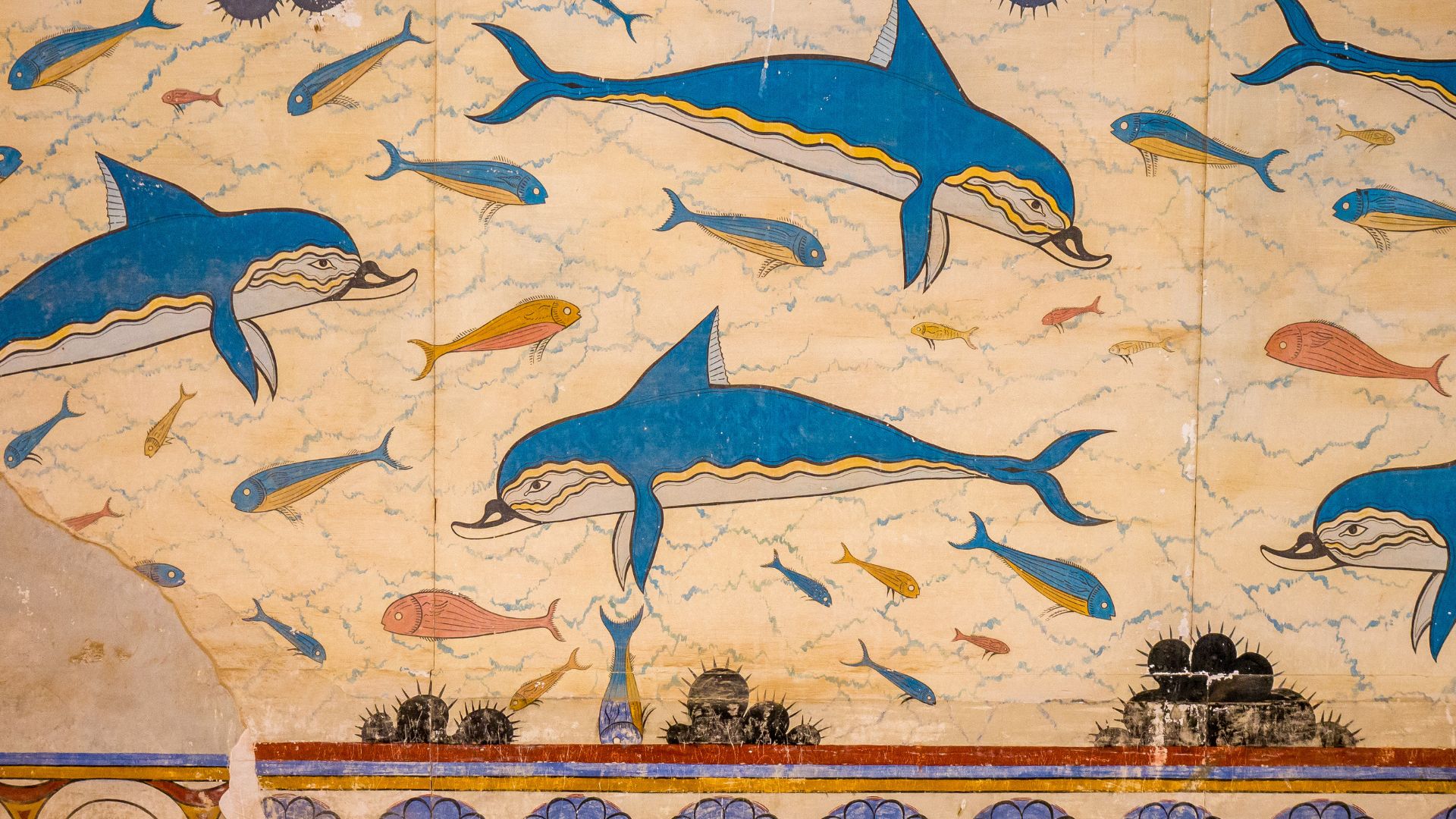
The Heraklion Archaeological Museum in Crete’s capital is one of the most important museums of Greece. The 27 rooms chart the history of the island from Neolithic to Roman times and boasts the largest collection of Minoan finds. Visitors can learn more about this mysterious people with snake goddess statues, bull drinking cups made of bronze and the Phaistos Disc, with early pictograms that have yet to be deciphered. A visit to the museum is a must after seeing Knossos for the beautiful decorations taken from the palace; the Dolphin fresco, Minoan women and famous Bull-leaping fresco.
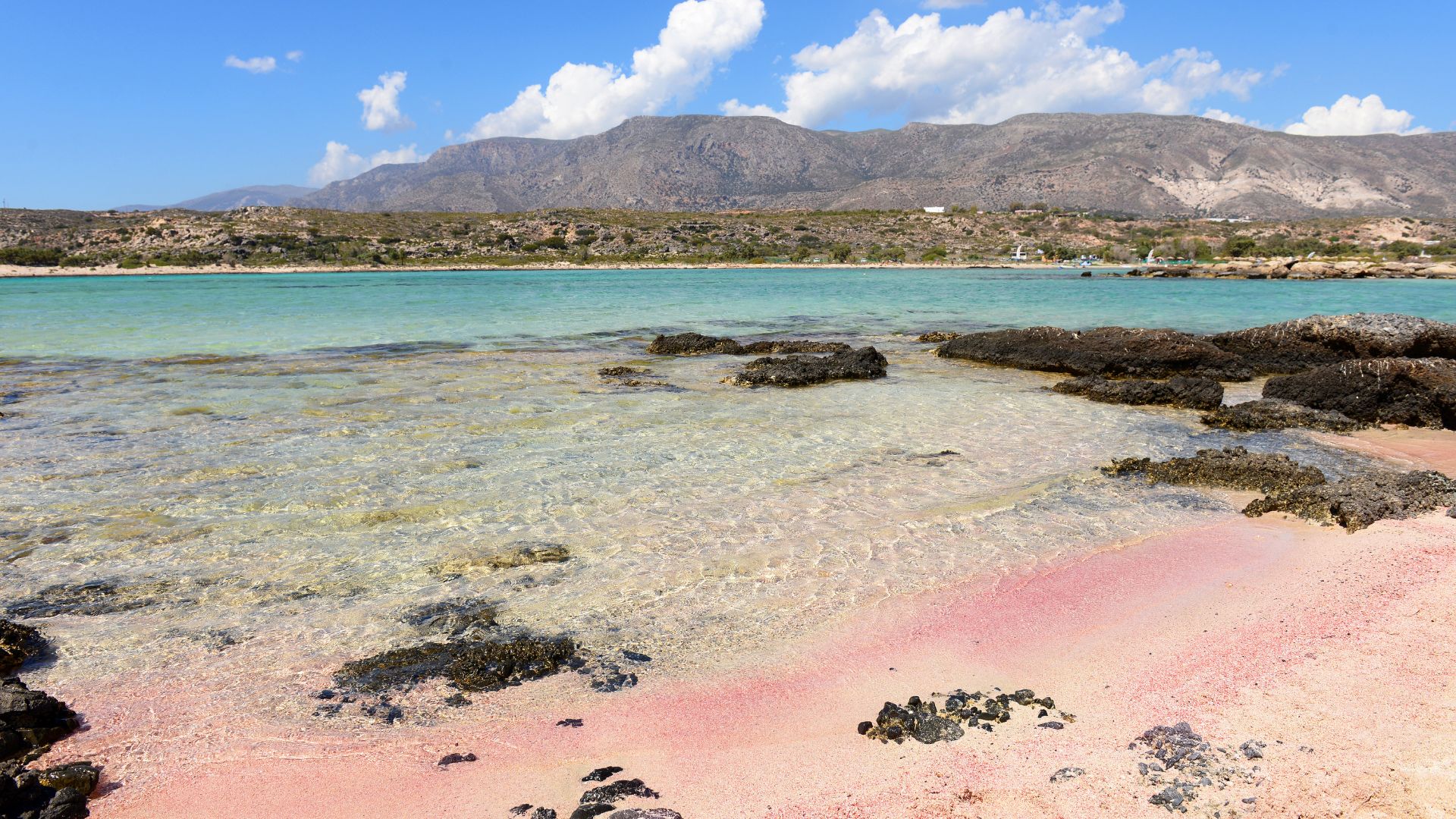
The beaches of the Greek isles are famous the world over and Elafonisi is no exception; turquoise waters and the mesmerising pink sand made from the tiny pieces of coral make this beach truly unique. Located in the southwest of the island, visitors can take a bus from the nearby town of Chania, the dramatic scenery on the drive to the beach set the tone for what awaits. There are caves to explore around the lagoon and a small island which you can walk to as the water is so shallow. Crete’s most beautiful beach is a popular one so we recommend you get there early to enjoy the beautiful setting and grab a sun bed and parasol before the crowds.
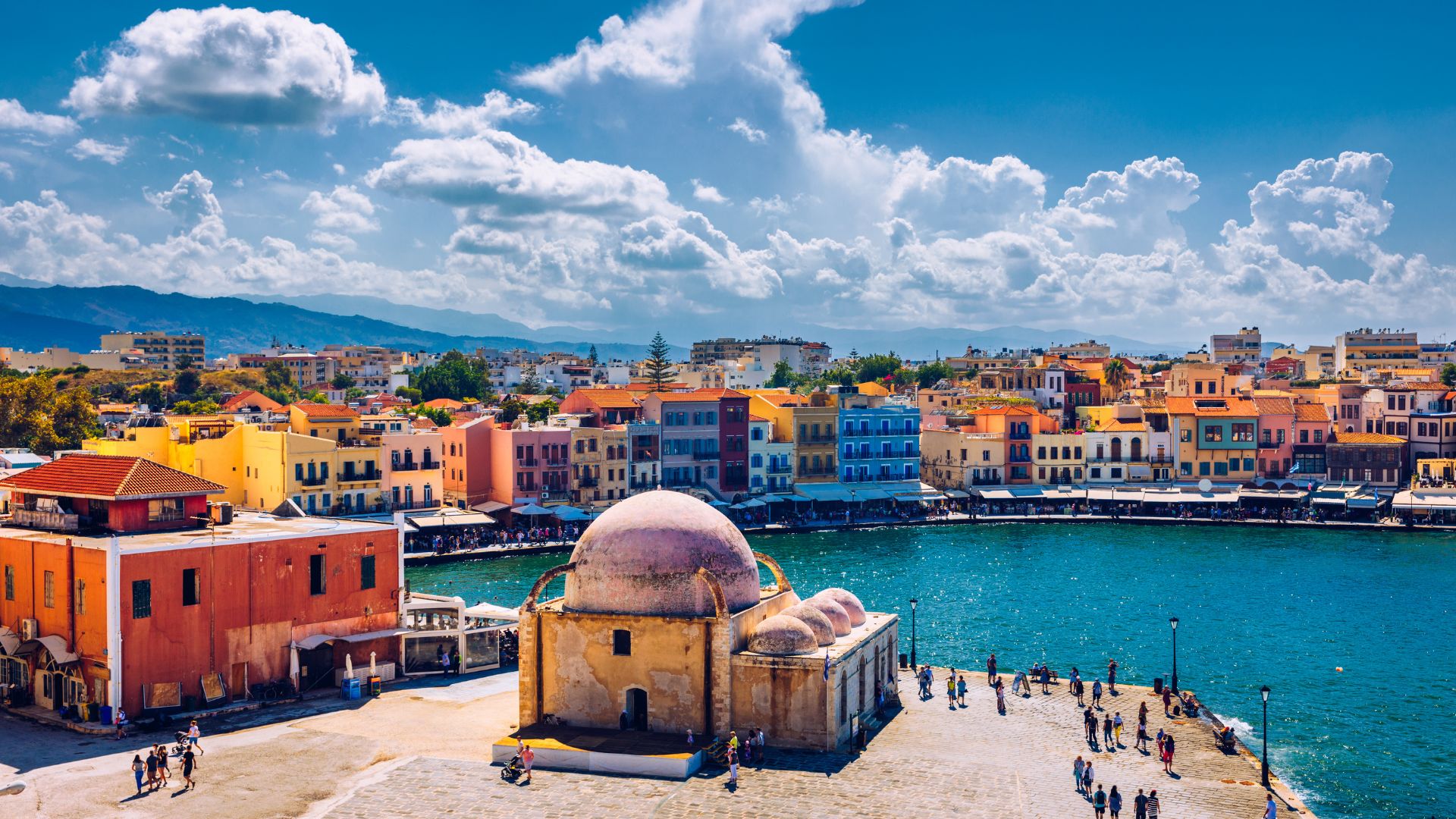
The colourful harbour town of Chania on the northwest coast of the island is a perfect spot for exploring. The Venetian harbour is known for its minaret lighthouse built in the 14th-century which is a mix of Venetian, Egyptian and Ottoman styles. Don’t miss Chania’s Mosque, it is the oldest Ottoman building on the island and is a major landmark of the harbour which has fishing boats, yachts and plenty of waterfront restaurants. As well as narrow streets packed with shops there is a nautical museum and the Grand Arsenal, former ship sheds as well as an Archaeological Museum in the former monastery of St. Francis. There are so many things to see and do in Chania, but watching the sunset from one of the bars on the waterfront is our favourite.
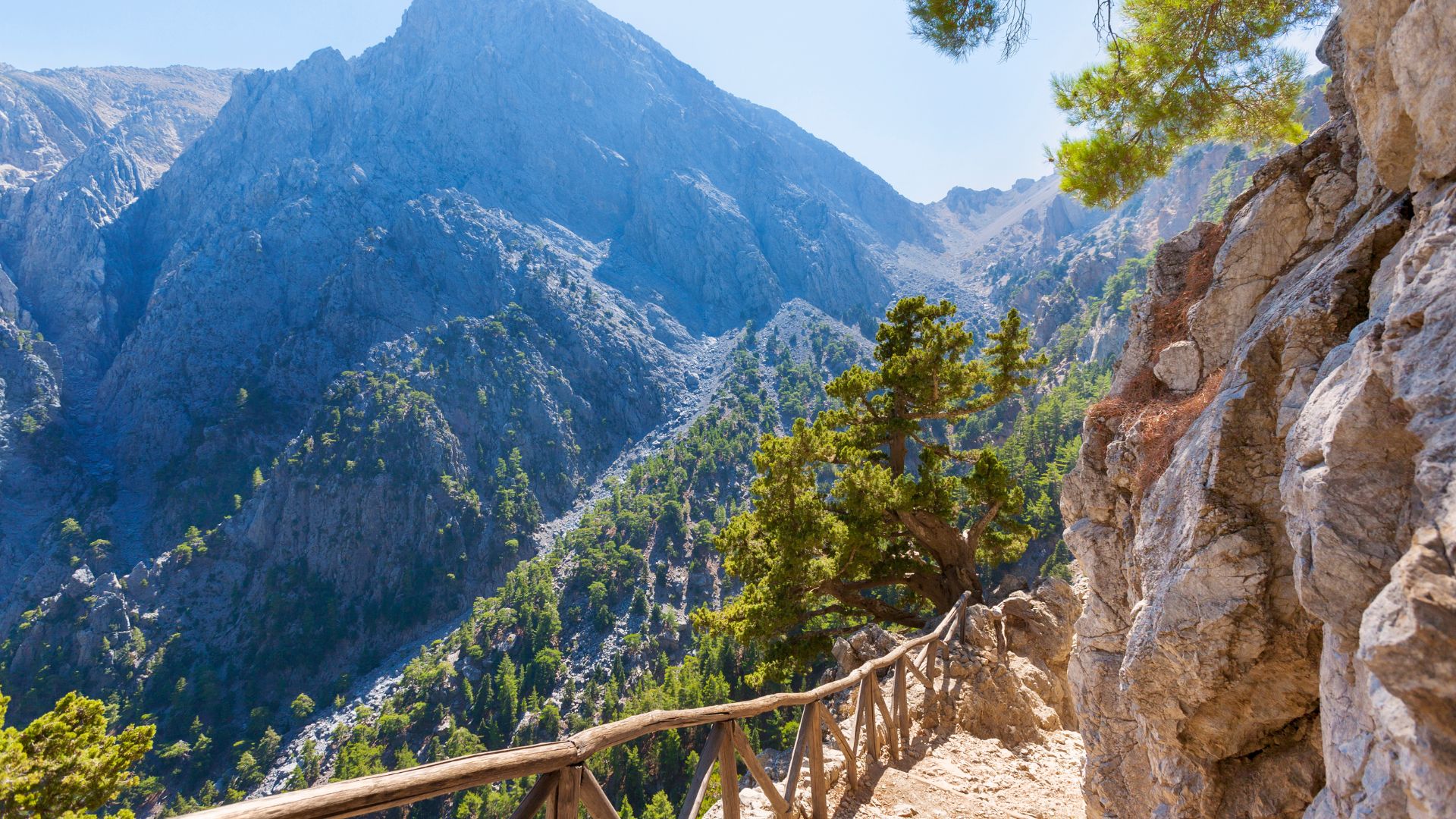
Crete’s canyons and gorges provide unparalleled beauty for hiking and climbing. Samaria Gorge a UNESCO biosphere reserve in the Samaria National Park is the most impressive. The 15 km trek from the mountainous Xyloskalo to the seaside village of Agia Roumeli is one of the most rewarding outdoor experiences in Crete. The hike takes between 4-6 hours and is mostly downhill on narrow stony pathways through steep mountainous terrain and lush green forests. As you pass through stunning gorges and abandoned villages you will surely meet Crete’s wild goats the Kri-kri. You can get to Samaria gorge by ferry from a number of ports and there is a bus service which returns visitors to the town of Chania.
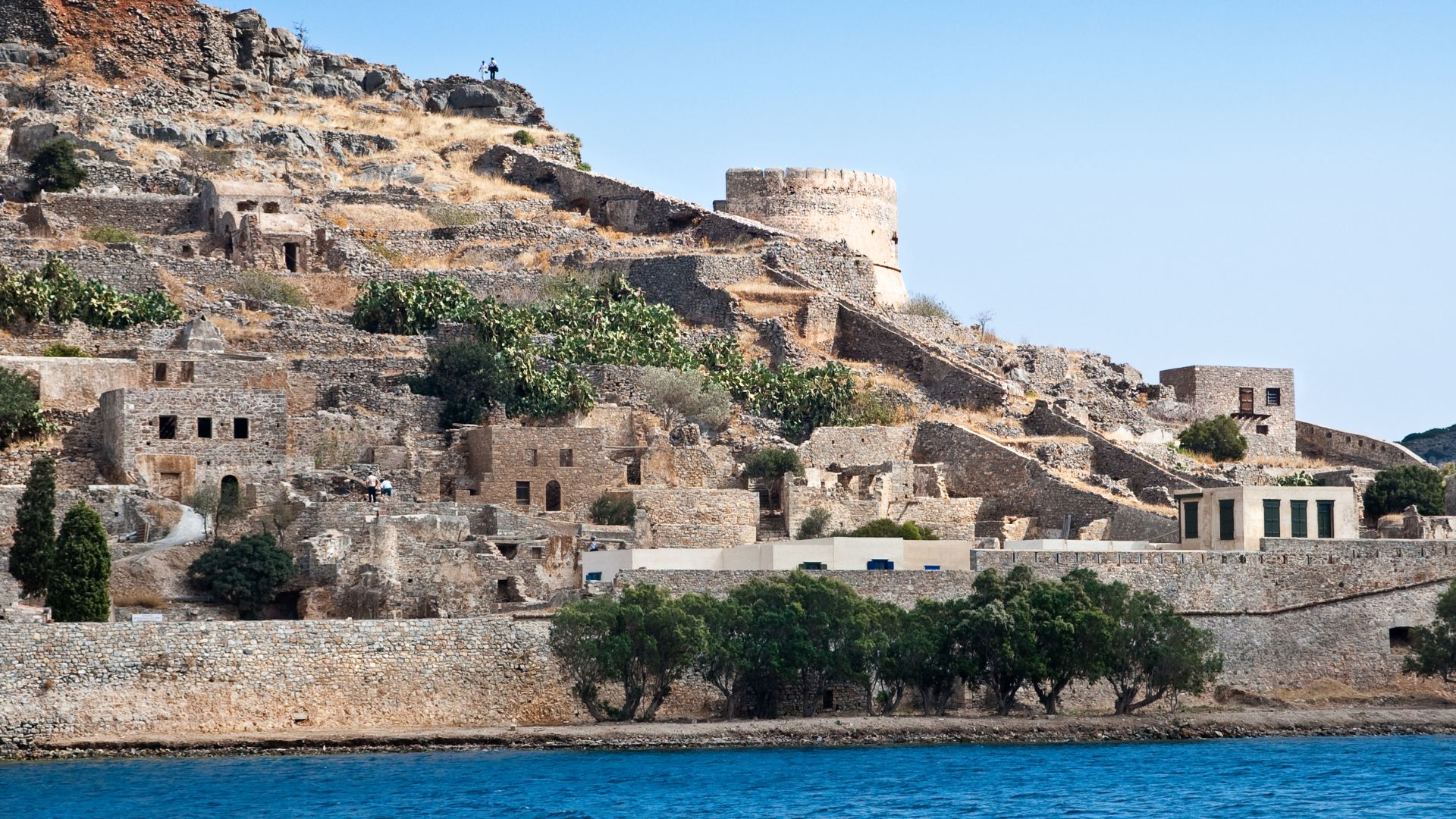
The island of Spinalonga (or Kalydon) on the north eastern coast, has become a popular excursion for visitors thanks to Victoria Hislop’s bestselling novel ‘the Island’. Although the island boasts a Venetian fort, it is better known for its tragic past as the last leper colony in Europe. Founded in 1904, the colony was created due to an increase in leprosy at the end of the Ottoman occupation. Islanders affected by the disease, deemed morally and physically unclean were taken to Spinalonga. Exiled from the rest of society, the lepers lived out their days in seclusion until their death. Today visitors come to see the dilapidated town, streets and buildings that housed over 400 patients with leprosy until 1957. Boats run from Plaka and Elounda to the island on a regular daily schedule from March to October.

The old town of Rethymno is the best preserved on the island. Once behind walls, the narrow cobblestone alleys date back to the 14th century when the Republic of Venice controlled Crete. The mixed architecture of the town reflects Venetian and Arab influences. The picturesque town boasts renaissance mansions, arches and catholic churches. The tumultuous history of Rethymno can be seen in Neratze Mosque. Although it started life as a Venetian Church, it was later converted into a mosque for almost 300 years and now it is a concert hall and hosts regular music events. Take your time exploring the cobbled lanes and artisan shops and stop for a leisurely lunch on the waterfront overlooking the beautiful Venetian harbour.

The Arkadi monastery, just 20 kilometres southeast of Rethymno rests on a high plateau surrounded by vineyards, olive trees and oaks. Named after the 5th century Byzantine emperor Arcadius, in Ottoman times it was known for its gold embroidery and exceptionally rich library. The monastery is of great importance to the inhabitants of Crete for a revolt in 1866 when 943 islanders, mostly women and children, barricaded themselves in the monastery during an Ottoman siege. Rather than surrender to the enemy, the locals chose martyrdom over surrender by blowing themselves up with gunpowder. Now a Greek national sanctuary it is a memorial to the island’s fight for independence, with a celebration on 8 November which marks the day of the explosion.
Another of Crete’s breath-taking coastal spots not to miss is Balos Lagoon a slice of paradise northwest of Chania. Wedged between two capes, Gramvousa and Tigani, the turquoise water of the lagoon is contrasted with the white sand against the rocky mass of Tigani. Stunningly beautiful and somewhat wild, Balos is not easy to get to. Visitors can take the ferry from Kissamos, 18 kilometres away or an even better way to explore the lagoon and its environs is to take a cruise.
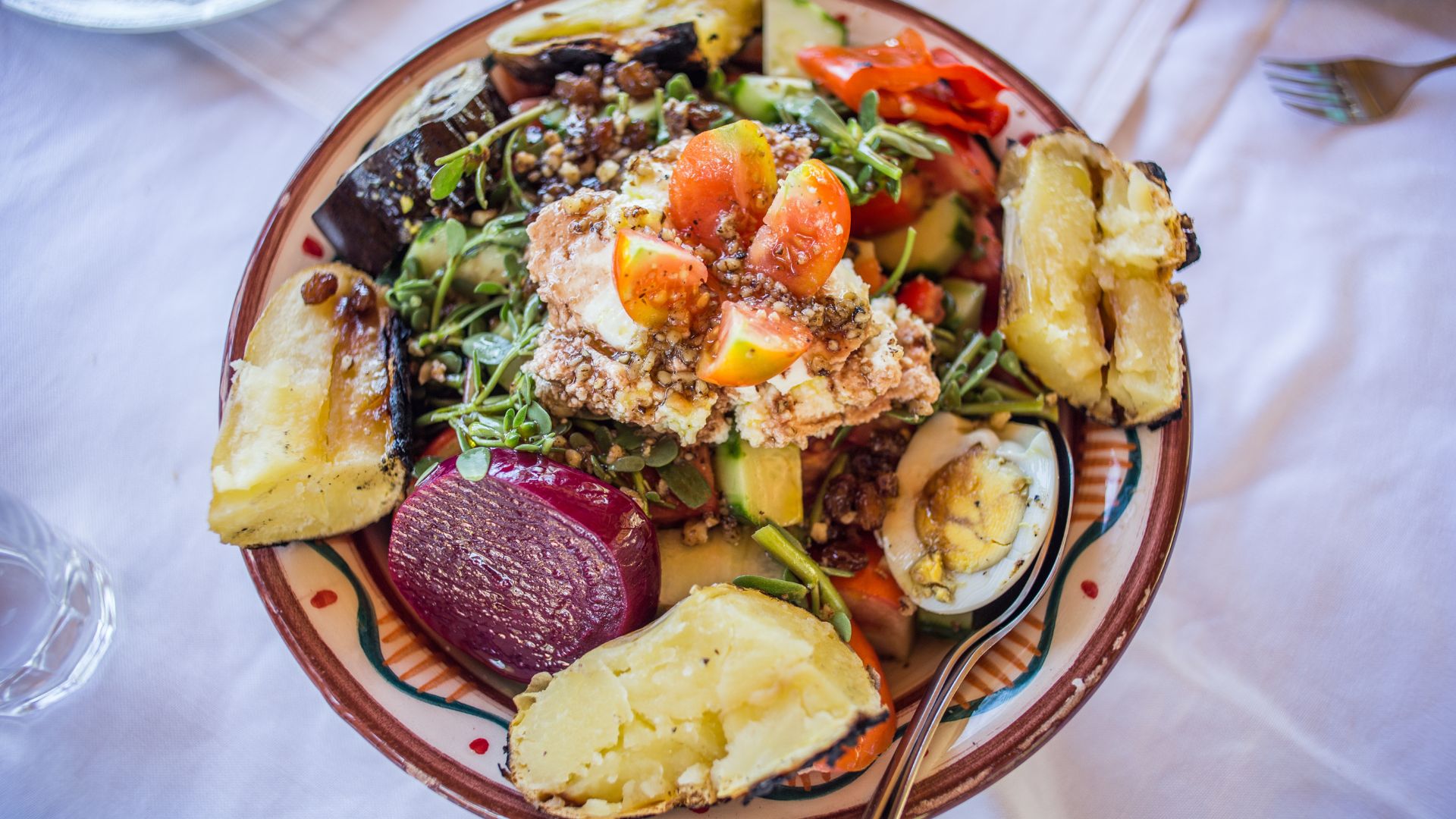
Although not an activity, one of the 10 best attractions in Crete has to be the food. This is not standard Greek fare as Crete’s Venetian and Ottoman influences come out in its cuisine. The wild, mountainous terrain leads to unique ingredients and flavours like mountain herbs and local greens. The basic elements of Cretan food are olive oil, herbs, fish and seafood, goat or lamb meat, vegetables and fruits grown on the island. The local produce is of exceptional quality like the many unique cheeses, raki a bracing grape liquor and the island also produces some fantastic wines. Should you find yourself near Kissamoss, you should not miss the snails - choclioi that hail from this area and are famous throughout Greece.
